In the years following its IPO, Facebook underwent a series of strategic acquisitions and diversification efforts. Instagram, WhatsApp, and Oculus were among the notable companies acquired by Meta, each adding unique capabilities and expanding the company’s reach into different sectors of the digital ecosystem. These acquisitions positioned Meta as more than just a social media platform, laying the foundation for its broader vision of creating a connected digital universe.
Board of Directors
Management
 Mark Zuckerberg
Mark Zuckerberg
Founder, Chairman and Chief Executive Officer
Mark Zuckerberg is the founder, chairman and CEO of Meta, which he originally founded as Facebook in 2004. Mark is responsible for setting the overall direction and product strategy for the company. He leads the design of Meta’s services and development of its core technology and infrastructure. Mark studied computer science at Harvard University before moving the company to Palo Alto, California.
 Javier Olivan
Javier Olivan
Chief Operating Officer
Javier Olivan is chief operating officer at Meta, where he oversees the firm’s business teams, as well as the infrastructure and central products for the company’s family of apps. He joined the company then called Facebook in 2007 and previously served as Meta’s chief growth officer.
Prior to Meta, Javier was a product manager at Siemens Mobile, where he led a cross-functional team charged with the development and market launch of handset devices. Javier holds a master’s degree in business administration from Stanford University and master’s degrees in both electrical and industrial engineering from the University of Navarra. He sits on the board of Endeavor, a nonprofit supporting the global entrepreneurial ecosystem.
Nick Clegg
President, Global Affairs
 Sir Nick Clegg is president, global affairs at Meta. He joined the company, then called Facebook, in 2018 after almost two decades in British and European public life. Prior to being elected to the UK Parliament in 2005, he worked in the European Commission and served for five years as a member of the European Parliament. He became leader of the Liberal Democrat party in 2007 and served as Deputy Prime Minister in the UK’s first coalition government since the war, from 2010 to 2015. He has written two best-selling books, Politics: Between the Extremes and How To Stop Brexit (And Make Britain Great Again).
Sir Nick Clegg is president, global affairs at Meta. He joined the company, then called Facebook, in 2018 after almost two decades in British and European public life. Prior to being elected to the UK Parliament in 2005, he worked in the European Commission and served for five years as a member of the European Parliament. He became leader of the Liberal Democrat party in 2007 and served as Deputy Prime Minister in the UK’s first coalition government since the war, from 2010 to 2015. He has written two best-selling books, Politics: Between the Extremes and How To Stop Brexit (And Make Britain Great Again).
 Susan Li
Susan Li
Chief Financial Officer
Susan Li is chief financial officer at Meta, where she leads the finance and facilities teams. Prior to becoming CFO, Susan served as the company’s vice president of Finance and led the teams focused on Finance & Business Planning and Treasury. She joined the company, then called Facebook, in 2008. Previously she was an investment banking analyst at Morgan Stanley.
 Andrew Bosworth
Andrew Bosworth
Chief Technology Officer
Andrew Bosworth — or Boz, as most people know him — is the CTO of Meta, leading the Reality Labs team. Andrew graduated from Harvard in 2004 before working as a developer on Microsoft Visio for almost two years. He joined Mark Zuckerberg at what was then called Facebook in January of 2006 where he created News Feed and many early anti-abuse systems, some of which are still in production. After working briefly on optimizing site speed and reliability, Andrew established and ran the company’s six-week bootcamp program designed to help grow the engineering team and maintain its culture. He then led the integration of the Messages and Chat products while improving stability, followed by tenures leading the Groups, Messenger and Video Calling teams. At various times, he has been the engineering director overseeing Events, Places, Photos, Videos, Timeline, Privacy, Mobile Monetization and Feed Ads. Most recently, he served as the VP of Ads and Business Platform where he led engineering, product, research, analytics, and design. In 2017, he created the company’s AR/VR organization, now called Reality Labs. Andrew leads Meta’s efforts in AR, VR, AI and consumer hardware across Quest, Portal, Ray-Ban Stories and more.
Chris Cox
 Chief Product Officer
Chief Product Officer
Chris Cox is chief product officer at Meta, leading its apps and technologies. After earning his bachelor’s degree in symbolic systems from Stanford University in 2004, Chris joined Meta, then called Facebook, in 2005 as a software engineer and helped build the first versions of key Facebook features, including News Feed. He then became director of human resources, setting the tone for the company’s culture. In 2008, he became vice president of product, where he built the initial product management and design teams, before being promoted to chief product officer in 2014. From April 2019 through May 2020, Chris spent time researching and pursuing new projects focused on climate change. He returned to the company in June 2020.
Jennifer Newstead
Chief Legal Officer
 Jennifer G. Newstead is chief legal officer of Meta, formerly Facebook, where she oversees all legal matters, including corporate governance and securities compliance, regulatory oversight, litigation, intellectual property and commercial matters. Prior to joining Meta, then Facebook, in 2019, Jennifer served as the Legal Adviser of the U.S. Department of State, where she led the legal team responsible for advising the Secretary of State on all domestic and international legal issues affecting the conduct of U.S. foreign relations. Earlier in her career, she served as General Counsel of the White House Office of Management and Budget, as a Principal Deputy Assistant Attorney General of the Office of Legal Policy at the Department of Justice, and as Special Assistant to the President and Associate White House Counsel. Jennifer was a partner for twelve years at Davis Polk & Wardwell LLP, where she advised global corporations in litigation, regulatory investigation and compliance matters. She holds an AB from Harvard University and a JD from Yale Law School. Following law school, she served as a law clerk for Justice Stephen Breyer of the United States Supreme Court and Judge Laurence Silberman of the U.S. Court of Appeals for the D.C. Circuit. She has previously served as an Adjunct Professor of Law at Georgetown University Law Center.
Jennifer G. Newstead is chief legal officer of Meta, formerly Facebook, where she oversees all legal matters, including corporate governance and securities compliance, regulatory oversight, litigation, intellectual property and commercial matters. Prior to joining Meta, then Facebook, in 2019, Jennifer served as the Legal Adviser of the U.S. Department of State, where she led the legal team responsible for advising the Secretary of State on all domestic and international legal issues affecting the conduct of U.S. foreign relations. Earlier in her career, she served as General Counsel of the White House Office of Management and Budget, as a Principal Deputy Assistant Attorney General of the Office of Legal Policy at the Department of Justice, and as Special Assistant to the President and Associate White House Counsel. Jennifer was a partner for twelve years at Davis Polk & Wardwell LLP, where she advised global corporations in litigation, regulatory investigation and compliance matters. She holds an AB from Harvard University and a JD from Yale Law School. Following law school, she served as a law clerk for Justice Stephen Breyer of the United States Supreme Court and Judge Laurence Silberman of the U.S. Court of Appeals for the D.C. Circuit. She has previously served as an Adjunct Professor of Law at Georgetown University Law Center.
Board of Directors
 Mark Zuckerberg
Mark Zuckerberg
Founder, Chairman and Chief Executive Officer
Mark Zuckerberg is the founder, chairman and CEO of Meta, which he originally founded as Facebook in 2004. Mark is responsible for setting the overall direction and product strategy for the company. He leads the design of Meta’s services and development of its core technology and infrastructure. Mark studied computer science at Harvard University before moving the company to Palo Alto, California.
 Sheryl Sandberg
Sheryl Sandberg
Sheryl Sandberg is the former chief operating officer at Meta, previously overseeing the firm’s business operations. She also serves on Meta’s board of directors. Prior to joining the company then called Facebook, Sheryl was vice president of Global Online Sales and Operations at Google, chief of staff for the United States Treasury Department under President Clinton, a management consultant with McKinsey & Company, and an economist with the World Bank.
Sheryl received a BA summa cum laude from Harvard University and an MBA with highest distinction from Harvard Business School.
Sheryl is the co-author of Option B: Facing Adversity, Building Resilience, and Finding Joy with Wharton professor and bestselling author Adam Grant. She is also the author of the bestsellers Lean In: Women, Work, and the Will to Lead and Lean In for Graduates. She is the founder of the Sheryl Sandberg & Dave Goldberg Family Foundation, a nonprofit organization that works to build a more equal and resilient world through two key initiatives, LeanIn.Org and OptionB.Org. Sheryl serves on the boards of Meta, Women for Women International, ONE, and Momentive Global, Inc.
Sheryl lives in Menlo Park, California, with her spouse and their five children.
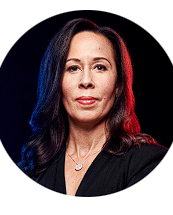 Peggy Alford
Peggy Alford
Peggy Alford has served as a member of our board of directors since May 2019. Ms. Alford served as Executive Vice President, Global Sales of PayPal Holdings, Inc., a digital payments company, from March 2020 to January 2024, and previously served as Senior Vice President, Core Markets from March 2019 to March 2020. From September 2017 to February 2019, Ms. Alford served as Chief Financial Officer and Head of Operations for the Chan Zuckerberg Initiative, a philanthropic organization. Ms. Alford previously held a variety of senior positions at PayPal from May 2011 to August 2017, including Vice President, Chief Financial Officer of Americas, Global Customer and Global Credit, and Senior Vice President of Human Resources, People Operations and Global Head of Cross Border Trade. From 2007 to 2011, Ms. Alford served as President and General Manager of Rent.com, an eBay Inc. company, and also served as its Chief Financial Officer from October 2005 to March 2009. From 2002 to 2005, Ms. Alford served as Marketplace Controller and Director of Accounting Policy at eBay. Ms. Alford has served on the board of directors of the Macerich Company, a real estate investment trust, since June 2018. Ms. Alford holds a B.S. in accounting and business administration from the University of Dayton.
Member of the Audit & Risk Oversight Committee
Chair of the Compensation, Nominating & Governance Committee
Member of the Privacy Committee
 Marc L. Andreessen
Marc L. Andreessen
Marc L. Andreessen has served as a member of our board of directors since June 2008. Mr. Andreessen is a co-founder and has been a General Partner of Andreessen Horowitz, a venture capital firm, since July 2009. Previously, Mr. Andreessen co-founded and served as the Chairman of the board of directors of Opsware, Inc. (formerly known as Loudcloud Inc.), a software company. He also served as Chief Technology Officer of America Online, Inc., an internet services company. Mr. Andreessen was a co-founder of Netscape Communications Corporation, a software company, serving in various positions, including Chief Technology Officer and Executive Vice President of Products. In addition to serving on our board of directors, Mr. Andreessen currently serves on the boards of directors of Coinbase Global, Inc., a cryptocurrency exchange platform, and Samsara Inc., a connected operations company, as well as on the boards of directors of several private companies. Mr. Andreessen previously served as a member of the boards of directors of eBay Inc. from September 2008 to October 2014, Hewlett-Packard Company from September 2009 to October 2015, and Hewlett Packard Enterprise Company from November 2015 to April 2018. Mr. Andreessen holds a B.S. in computer science from the University of Illinois at Urbana-Champaign.
Member of the Compensation, Nominating & Governance Committee
 John Arnold
John Arnold
John Arnold is co-founder and co-chair of Arnold Ventures. Arnold Ventures seeks to tackle some of the most pressing problems in the United States by applying evidence-based solutions to improve outcomes in public systems, including health care, education, criminal justice, infrastructure, and public finance. Mr. Arnold is co-founder and chairman of Grid United, a developer of interregional, high-voltage transmission projects with a mission to make America’s power grid more reliable, resilient, and efficient. Mr. Arnold is founder of Centaurus Capital, a family office investment fund focused on the energy industry. Previously, Mr. Arnold served as founder and CEO of Centaurus Energy, a multi-billion-dollar energy commodity hedge fund that he founded after overseeing trading of natural gas derivatives at Enron Corp.
Member of the Audit & Risk Oversight Committee
 Andrew W. Houston
Andrew W. Houston
Andrew W. Houston has served as a member of our board of directors since February 2020. Mr. Houston has served as Chief Executive Officer and Chairman of the board of directors of Dropbox, Inc., a global collaboration platform, since June 2007. Mr. Houston holds a B.S. in electrical engineering and computer science from the Massachusetts Institute of Technology.
Member of the Compensation, Nominating & Governance Committee
 Nancy Killefer
Nancy Killefer
Nancy Killefer has served as a member of our board of directors since March 2020. Ms. Killefer served as a Senior Partner at McKinsey & Company, an international management consulting firm, from 1992 until her retirement in August 2013. Ms. Killefer joined McKinsey in 1979 and held a number of leadership roles, including serving as a member of the firm’s governing board. Ms. Killefer also served as Assistant Secretary for Management, Chief Financial Officer, and Chief Operating Officer of the U.S. Department of the Treasury from 1997 to 2000 and as a member of the IRS Oversight Board from 2000 to 2005, including as Chair of the IRS Oversight Board from 2002 to 2004. Ms. Killefer has served on the boards of directors of Cardinal Health, Inc., a healthcare services company, since September 2015, Natura & Company, a global personal care cosmetics group, since January 2020, and Certara, Inc., a biosimulation software company, since August 2021. Ms. Killefer also previously served on the boards of directors of Computer Sciences Corporation from August 2013 to November 2015, the Advisory Board Company from September 2013 to November 2017, CSRA, Inc. from November 2015 to April 2018, Avon Products, Inc. from September 2013 to January 2020, and Taubman Centers, Inc., from January 2010 to December 2020. Ms. Killefer holds a B.A. in economics from Vassar College and an M.S. in management from the Massachusetts Institute of Technology.
Member of the Audit & Risk Oversight Committee
Chair of the Privacy Committee
 Robert M. Kimmitt
Robert M. Kimmitt
Robert M. Kimmitt has served as a member of our board of directors and as our Lead Independent Director since March 2020. Ambassador Kimmitt has served as Senior International Counsel at Wilmer Cutler Pickering Hale and Dorr LLP, an international law firm, since April 2009. From 2005 to 2009, Ambassador Kimmitt served as Deputy Secretary of the U.S. Department of the Treasury. From 2001 to 2005, he served as Executive Vice President of Global Public Policy at Time Warner, a media and entertainment company. From 2000 to 2001, Ambassador Kimmitt served as Vice Chairman and President of Commerce One, a software company. From 1997 to 2000, he was a partner at Wilmer Cutler & Pickering, and, from 1993 to 1997, a managing director at Lehman Brothers. Previously, he served as United States Ambassador to Germany from 1991 to 1993, Under Secretary of State for Political Affairs from 1989 to 1991, a partner at Sidley & Austin LLP from 1987 to 1989, General Counsel of the U.S. Department of the Treasury from 1985 to 1987, and National Security Council Executive Secretary and General Counsel from 1983 to 1985. Ambassador Kimmitt has extensive public company board experience, most recently serving as a member of the supervisory board of Deutsche Lufthansa AG from April 2010 to May 2018. Ambassador Kimmitt holds a B.S. from the United States Military Academy at West Point and a J.D. from Georgetown University Law Center.
Member of the Privacy Committee
 Hock E. Tan
Hock E. Tan
Hock E. Tan served as Broadcom’s President & CEO and a member of the Board of Directors since March 2006. He was President and Chief Executive Officer at Integrated Circuit Systems, Inc. (“ICS”), a publicly-traded timing solutions IC company, from 1999 until its acquisition by Integrated Device Technology (“IDT”) in 2005. He also served in a number of executive positions at ICS, including as Chief Operating Officer from 1996 to 1999 and Senior Vice President and Chief Financial Officer from 1995 to 1999. He was Vice President of Finance at Commodore International, Ltd. from 1992 to 1994, and held senior management positions at PepsiCo, Inc. and General Motors Corporation. He was also managing director of Pacven Investment, Ltd., a venture capital fund in Singapore, from 1988 to 1992, and was managing director of Hume Industries Ltd. in Malaysia from 1983 to 1988.
Member of the Audit & Risk Oversight Committee
 Tracey T. Travis
Tracey T. Travis
Tracey T. Travis has served as a member of our board of directors since March 2020. Ms. Travis has served as Executive Vice President and Chief Financial Officer of The Estee Lauder Companies Inc., a global manufacturer and marketer of skin care, makeup, fragrance and hair care products, since August 2012. From January 2005 to July 2012, Ms. Travis served as Senior Vice President and Chief Financial Officer of Ralph Lauren Corporation, a luxury and apparel company. Ms. Travis previously served as Senior Vice President of Finance of Limited Brands from 2002 to 2004 and Chief Financial Officer of Intimate Brands Inc. from 2001 to 2002. From 1999 to 2001, Ms. Travis served as Chief Financial Officer of the Americas Group of American National Can. From 1989 to 1999, Ms. Travis held various management positions at PepsiCo/Pepsi Bottling Group. Ms. Travis began her career at General Motors Co. as an engineer and senior financial analyst. Ms. Travis has served on the board of directors of Accenture plc, a professional services company, since July 2017 and previously served on the board of directors of Campbell Soup Company from November 2011 to November 2017. Ms. Travis holds a B.S.E. in industrial engineering from the University of Pittsburgh and an M.B.A. in finance and operations from Columbia University.
Chair of the Audit & Risk Oversight Committee
 Tony Xu
Tony Xu
Tony Xu has served as a member of our board of directors since January 2022. Mr. Xu is the Chief Executive Officer and Co-founder of DoorDash, Inc., a leading technology company for powering local commerce. He has served as a member of the DoorDash board of directors since May 2013 and was appointed DoorDash’s board chair in November 2020. Mr. Xu holds a B.S. in industrial engineering and operations research from the University of California, Berkeley, and an M.B.A. from the Stanford Graduate School of Business.

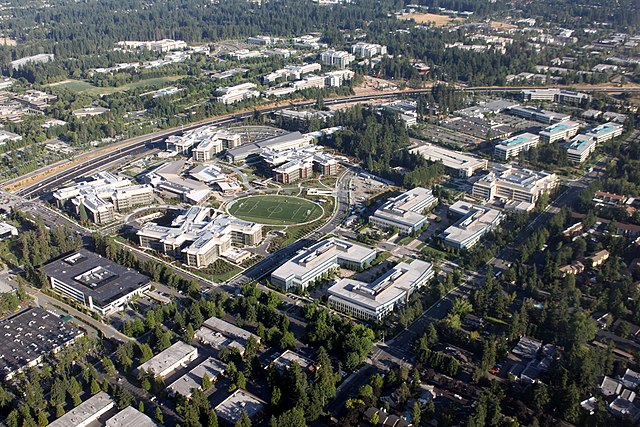













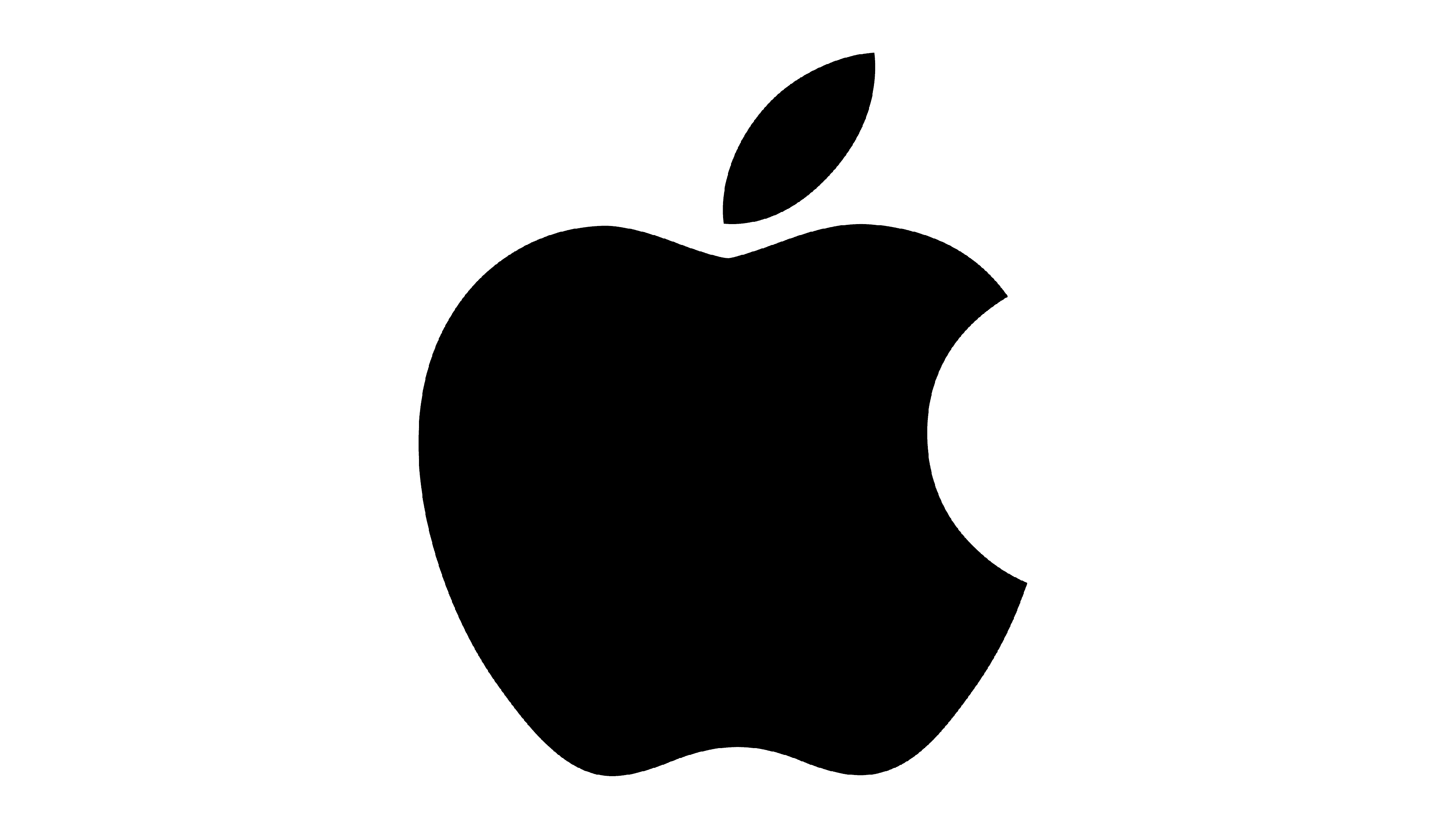
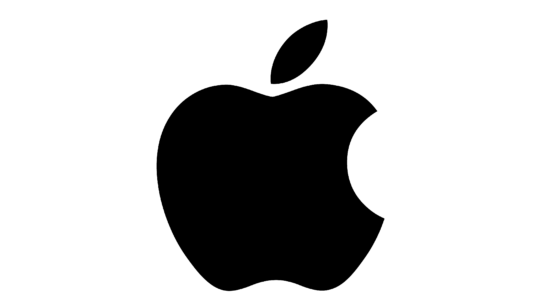
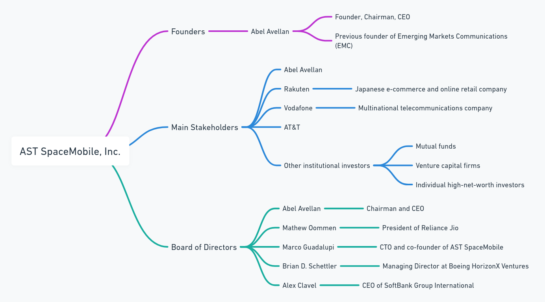



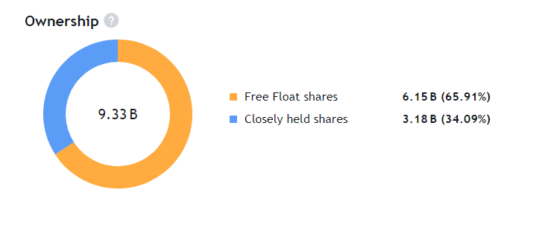




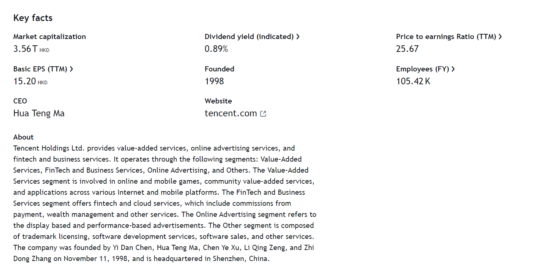


















 California: The Golden State
California: The Golden State Broadcom
Broadcom






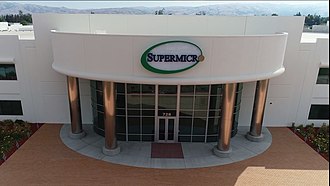




 JPMorgan Chase & Co.
JPMorgan Chase & Co.

 As it prepares to move into its new headquarters at 270 Park Avenue in 2025,
As it prepares to move into its new headquarters at 270 Park Avenue in 2025, 
 Meta
Meta Facebook filed for its initial public offering (IPO) in 2012, marking a significant milestone in its journey. With an IPO valuation surpassing $100 billion, Facebook became one of the largest tech companies in the world overnight. However, the road to success was not without its challenges. Technical glitches during the IPO launch and concerns about the company’s ability to monetize its user base initially dampened investor enthusiasm. Despite these hurdles, Facebook persevered, solidifying its position as a dominant force in the tech industry.
Facebook filed for its initial public offering (IPO) in 2012, marking a significant milestone in its journey. With an IPO valuation surpassing $100 billion, Facebook became one of the largest tech companies in the world overnight. However, the road to success was not without its challenges. Technical glitches during the IPO launch and concerns about the company’s ability to monetize its user base initially dampened investor enthusiasm. Despite these hurdles, Facebook persevered, solidifying its position as a dominant force in the tech industry.
 Mark Zuckerberg
Mark Zuckerberg Javier Olivan
Javier Olivan Sir Nick Clegg is president, global affairs at
Sir Nick Clegg is president, global affairs at  Susan Li
Susan Li Andrew Bosworth
Andrew Bosworth Chief Product Officer
Chief Product Officer Jennifer G. Newstead is chief legal officer of
Jennifer G. Newstead is chief legal officer of  Mark Zuckerberg
Mark Zuckerberg Sheryl Sandberg
Sheryl Sandberg Peggy Alford
Peggy Alford Marc L. Andreessen
Marc L. Andreessen John Arnold
John Arnold Andrew W. Houston
Andrew W. Houston Nancy Killefer
Nancy Killefer Robert M. Kimmitt
Robert M. Kimmitt Hock E. Tan
Hock E. Tan Tracey T. Travis
Tracey T. Travis Tony Xu
Tony Xu
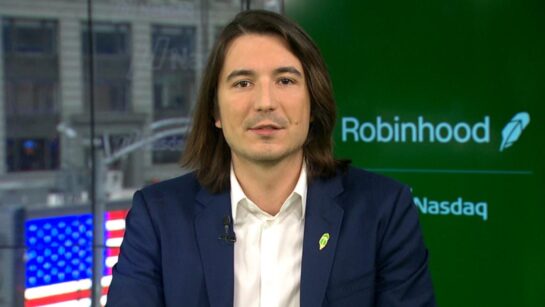 Initial Success:
Initial Success:  Regulatory Scrutiny:
Regulatory Scrutiny: 
 In the annals of modern commerce, few entities stand as prominently as Amazon. From its humble beginnings as an online bookstore to its current status as a global tech giant, the journey of Amazon is nothing short of extraordinary. As we delve into its present and past, we uncover a narrative of innovation, disruption, and relentless ambition.
In the annals of modern commerce, few entities stand as prominently as Amazon. From its humble beginnings as an online bookstore to its current status as a global tech giant, the journey of Amazon is nothing short of extraordinary. As we delve into its present and past, we uncover a narrative of innovation, disruption, and relentless ambition. Pioneering E-Commerce
Pioneering E-Commerce The Retail Revolution
The Retail Revolution Future Prospects
Future Prospects Title: The Evolution of
Title: The Evolution of 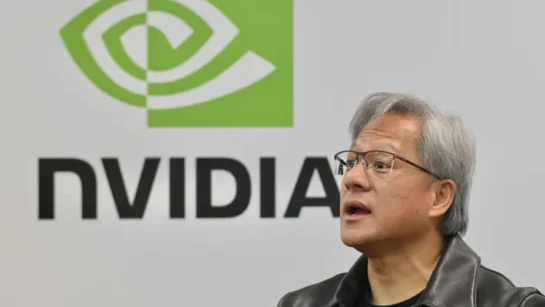 In the dynamic world of technology, certain individuals stand out for their visionary leadership, relentless innovation, and profound impact on the industry. Jensen Huang, co-founder and CEO of
In the dynamic world of technology, certain individuals stand out for their visionary leadership, relentless innovation, and profound impact on the industry. Jensen Huang, co-founder and CEO of 
 Introduction:
Introduction: 